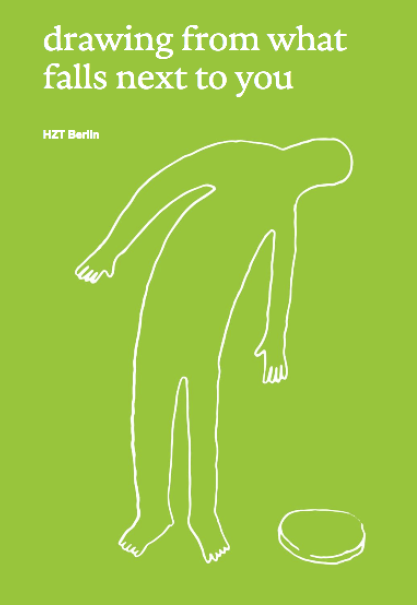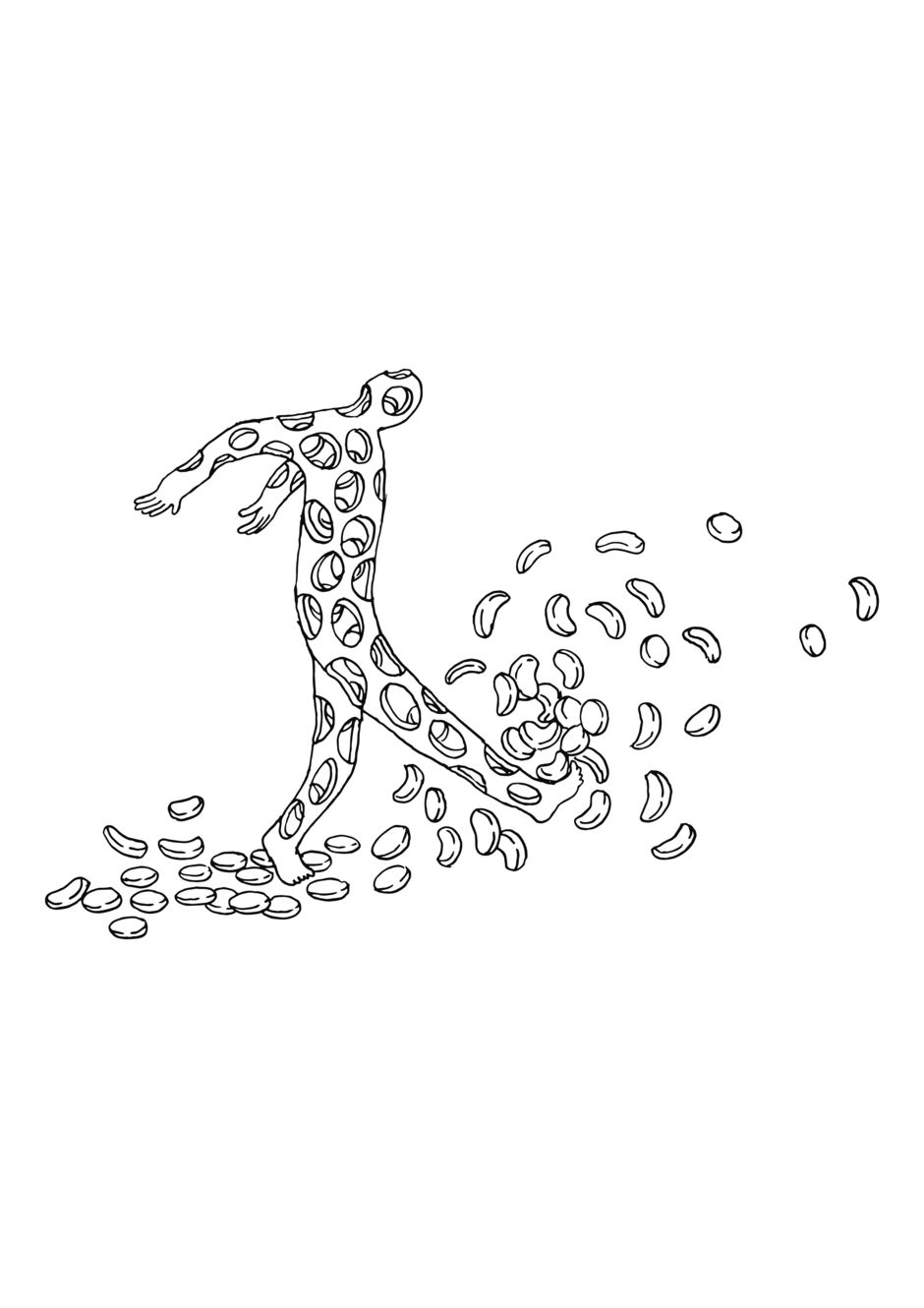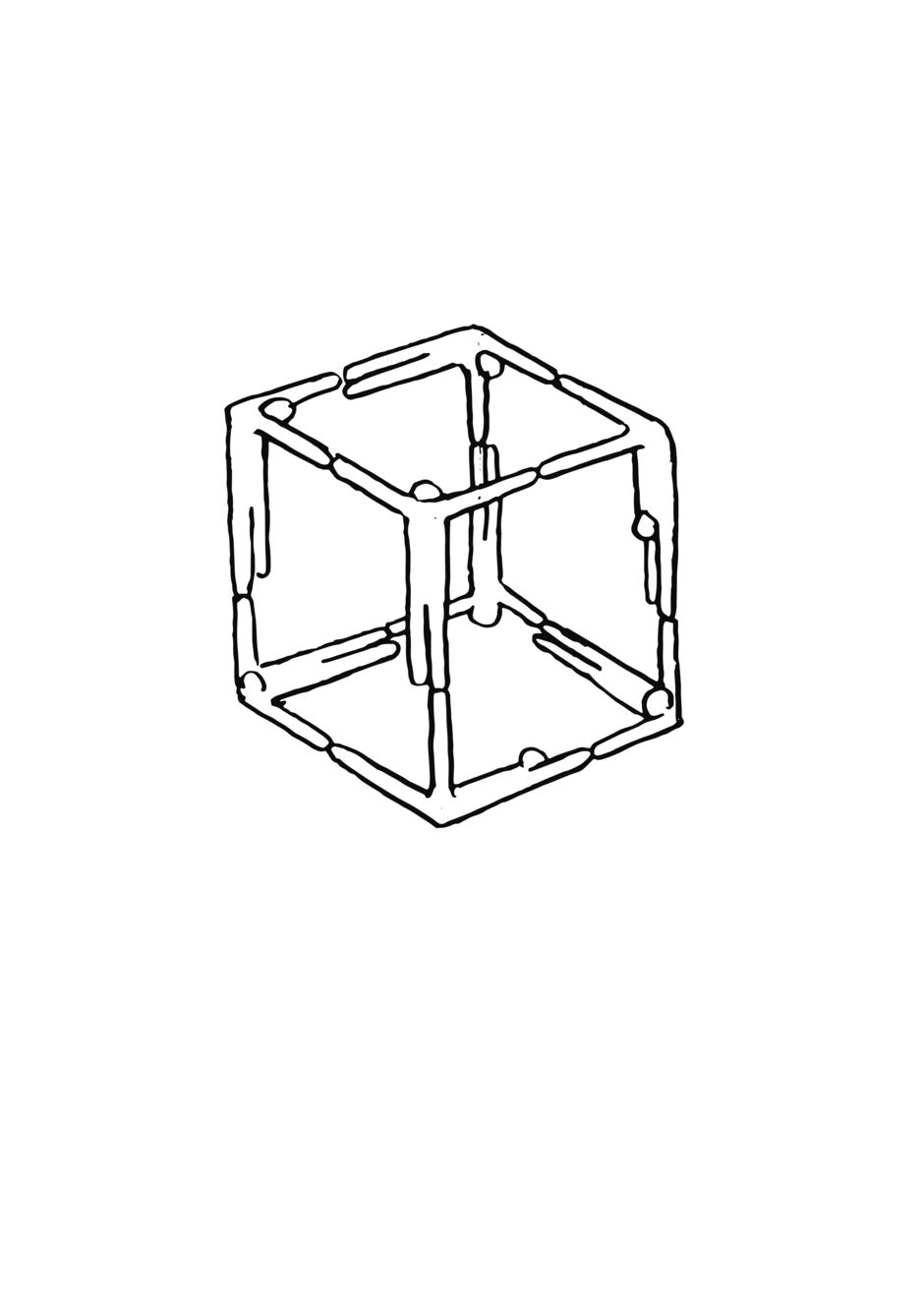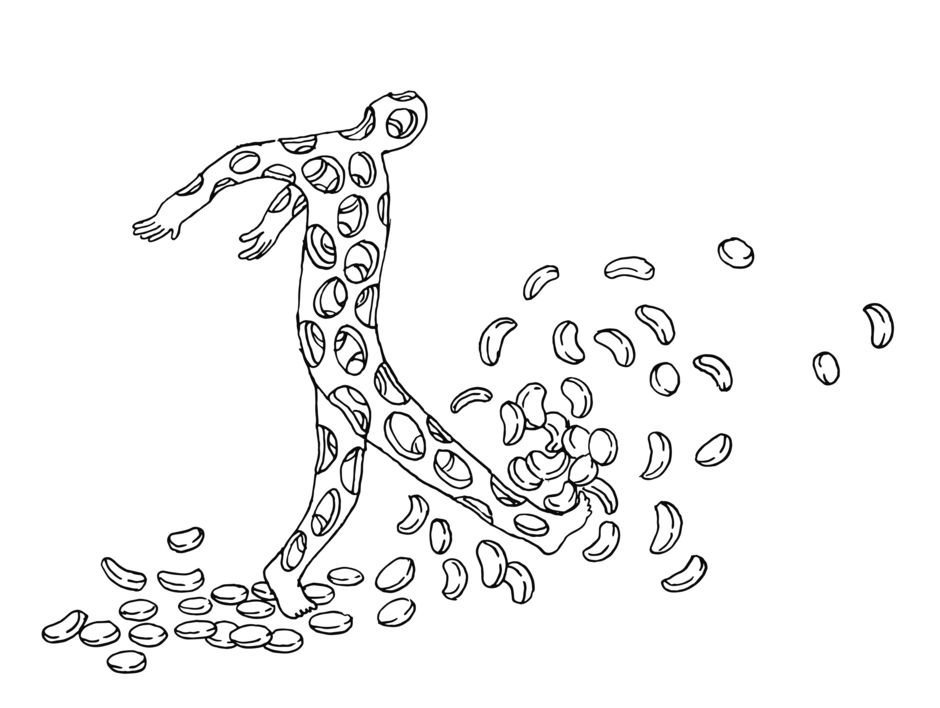drawing from what falls next to you
HZT Berlin 10 years

The book was published to mark the 10th anniversary of the HZT Berlin in 2017 and sketches with texts by Nik Haffner and Britta Wirthmüller and drawings by Andreas Töpfer what the HZT is today and what it could become tomorrow. We publish two excerpts here.
DANCE
what gets you dancing
Can you dance? If you ask yourself or anyone around you, most of us would be able to fondly recall a memory or two of dancing and feeling great while moving our bodies. Some people prefer dancing when they are alone, others need a glass of wine. Sometimes you surprise yourself with what a fantastic dancer you can be – perhaps at a wedding or on a night out. And sometimes you surprise yourself because, even though you feel like dancing, you don’t dare to get out of your chair.
In his media publication Material for the Spine, the dance artist Steve Paxton asks: Why is dancing something we think needs to be taught? Why do we lose our ability to just dance around like kids do? What prevents us from dancing – an activity that does us good, that is social and healthy?
What would we need to do differently in our schools and in our societies in order to maintain childhood's joy and curiosity for dancing through to adulthood?
And right now? At precisely this moment? What could get you to dance? Which song? Which friends?
OPENING
who’s at your dance
The author of a fictional article in a German newspaper from 2027 comments: In the last ten years, dance has been opening itself up to society to an impressive degree; in return, it has also had success in opening up society to dance as well…
Such an opening, as is already existent and even expansive in countries such as Belgium, the Netherlands and England, has yet to occur in Germany. If we are serious about the social relevance of dance and choreography, then we have to consider what public we want to reach and include – and how. But we also have to consider the extent to which our artistic processes – and we ourselves – need to be in touch with the realities of life that surround us. Those who leave established art locations open themselves up to the discovery of other artistic formats for dance and choreography; they are also free to be inspired by other subjects and to be confronted with other perspectives.
In the future, HZT would like to promote such openings of the genre by initiating projects outside of the usual venues, inviting guest artists and cooperating with relevant partners. In addition to the possibility of developing performative works for the stage or exhibition spaces, HZT students also have the opportunity to test themselves outside of established formats. Thus, student summer projects in the MA Choreography programme will be presented in urban space for the first time in 2017. In addition, the HZT’s research project The Choreographic Village is also being prepared: a project where artists are invited to develop choreographic works in rural areas.
Imprint:
"drawing from what falls next to you" Editors/Texts: HZT Berlin by Nik Haffner & Britta Wirthmüller. Design/Drawings: milchhof:atelier (Andreas Töpfer & Carsten Stabenow). Publisher: HZT Berlin. 2020. 2. EDITION. ISBN: 978-3-00-056366-9



